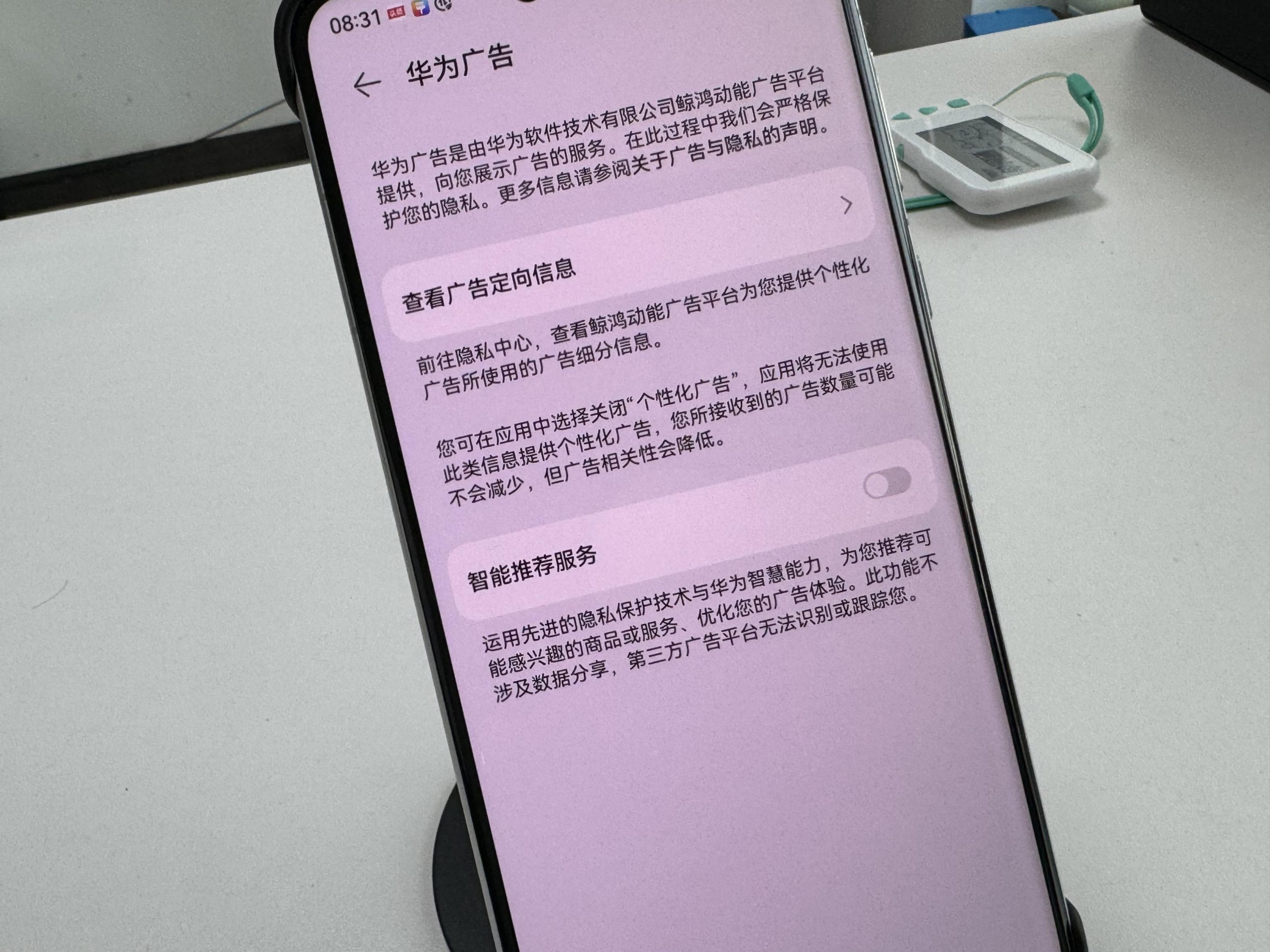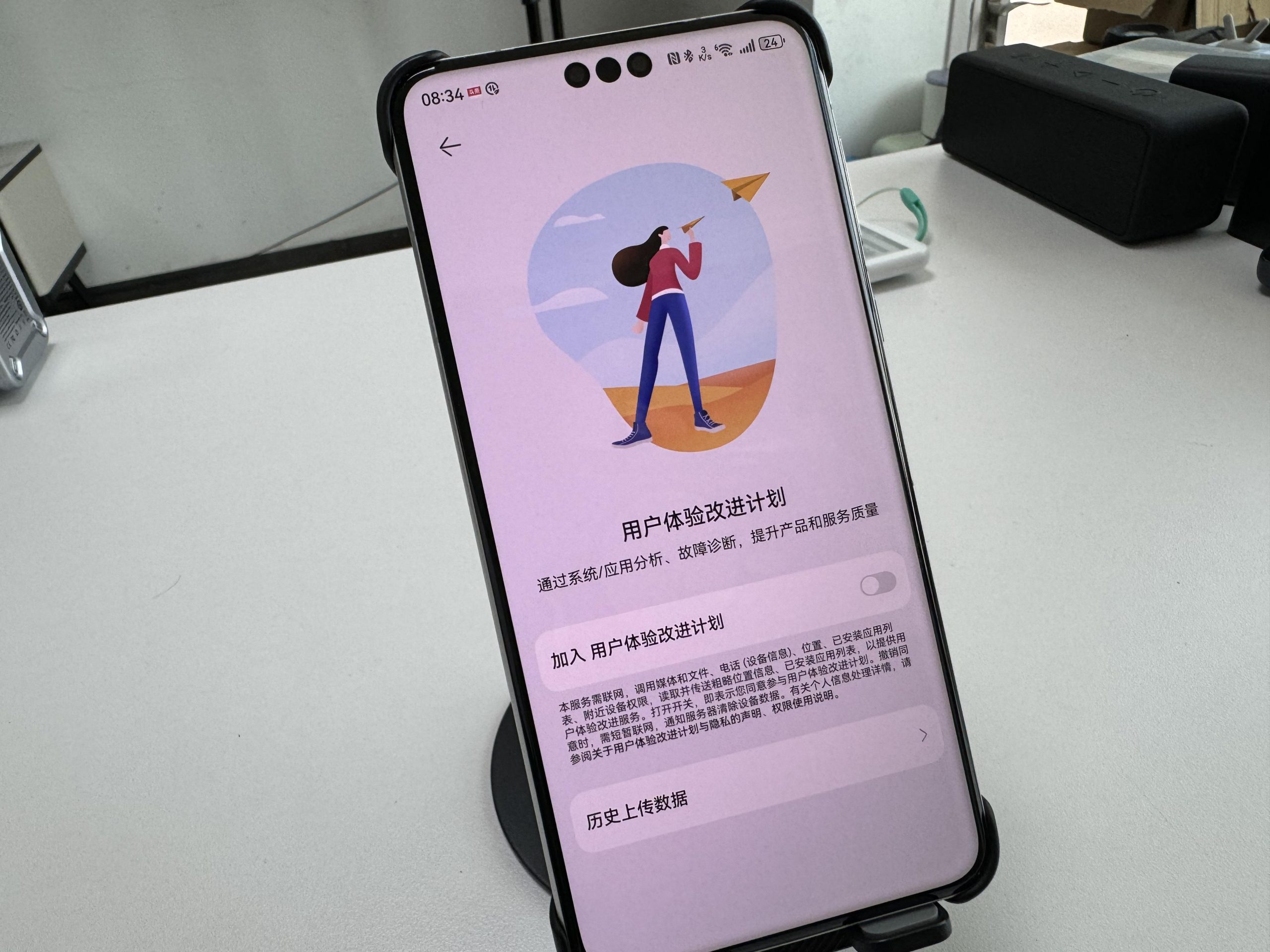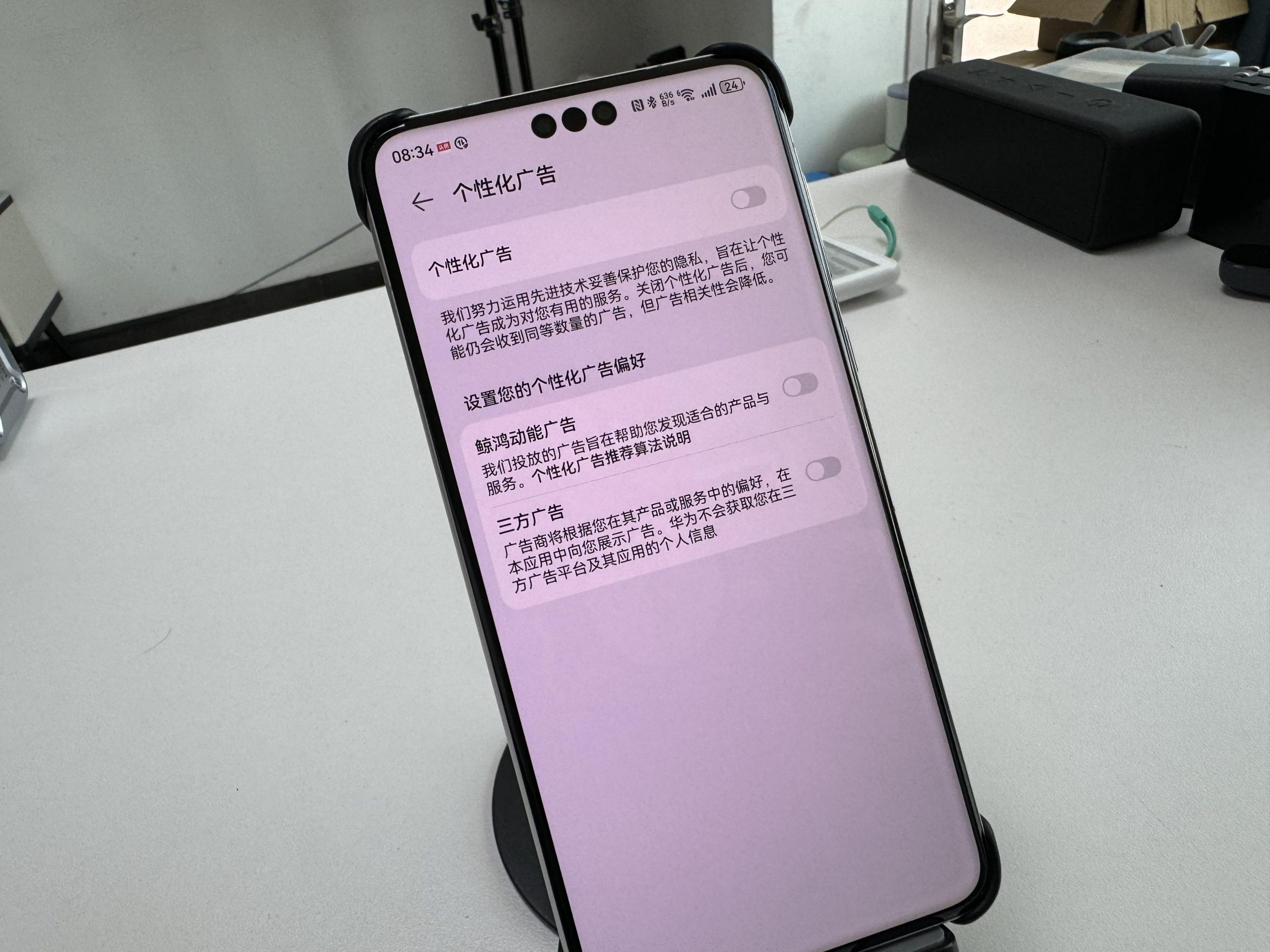In the digital age, smartphones have become an integral part of our daily lives. However, with the continuous development of technology, while providing convenient services, smart phones also hide some Settings that may threaten users’ privacy and security. Today, as a tech blogger, I’m going to expose some of the most dangerous Settings on your phone and show you how to turn them off to make your phone more secure.

First, turn off the intelligent recommendation service to protect privacy
First, we need to open the “Settings” option of the phone and click on the “Privacy” or “Security and Privacy” option. Here you will find a feature called “Smart Recommendation Service”. This feature provides personalized recommendations to users by collecting their personal information and usage habits. However, it also means that your privacy may be disclosed to third parties. Therefore, in order to protect personal privacy, we recommend that you turn off this feature.

How to turn off: In the “Privacy” or “Security and Privacy” option, find the “Intelligent recommendation Service” or similar name option, click to enter and choose to turn off.
2. Launch a user experience improvement plan and reject data collection
Next, we go to the “Settings” option again and click on “System and Update”. Here, you’ll find an option called “Join the User Experience Improvement Program.” The program aims to collect usage data from users and use it to improve products and services. However, this can also lead to your usage habits being exposed to developers or third parties. Therefore, in order to protect your data security, it is recommended that you opt out of this program.

Exit method: In the “System and Update” option, find the “Join the user experience Improvement program” or similar name option, click to enter and choose to exit.
3. Turn off browser personalized ads to reduce advertising harassment
In addition to the above two Settings, personalized advertising in the browser is also a potential security concern. These ads, which are often pushed based on a user’s browsing history and interests, not only affect the user’s browsing experience, but may also cause users to click on malicious links or download virus software. Therefore, it is also very necessary to turn off the browser’s personalized advertising function.

How to close: Open your Huawei browser, go to the “Settings” option, and find the “Privacy” or “Advertising and Privacy” option. Here, you’ll see an option to “personalize ads” or something like that, and then click on it and choose to turn it off.
Iv. Summary and Suggestions
By turning off the above three Settings, we can effectively protect our privacy and data security. However, this does not mean that we can completely let down our guard. When using smart phones, we also need to pay attention to the following points:
Do not download and install applications from unknown sources to avoid being attacked by malware.
Regularly clean the cache and junk files in the mobile phone to avoid personal privacy disclosure.
Share personal information and photos to social media platforms carefully to avoid being exploited by criminals.

Protecting personal privacy and data security is the responsibility of each of us. Only by raising vigilance and strengthening prevention can we make our digital life better and more secure.











